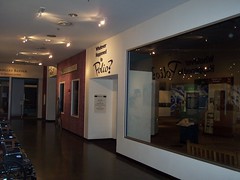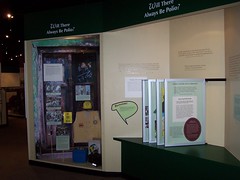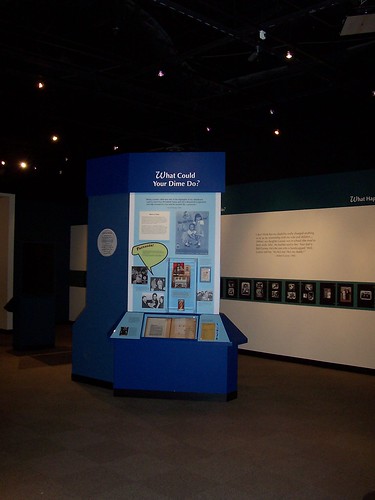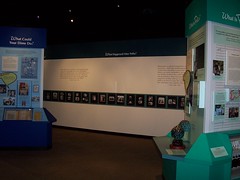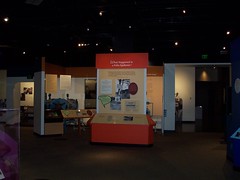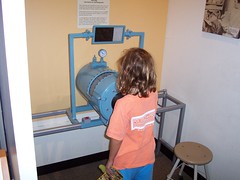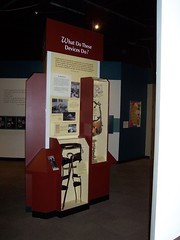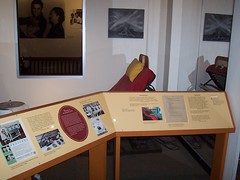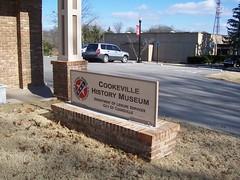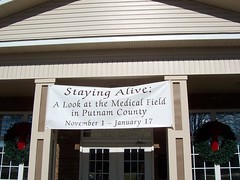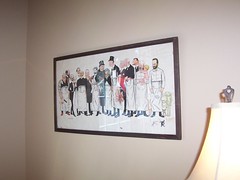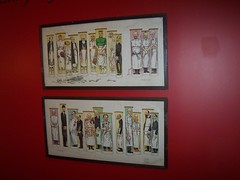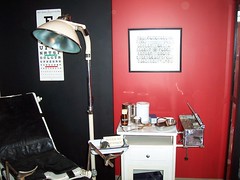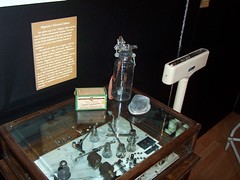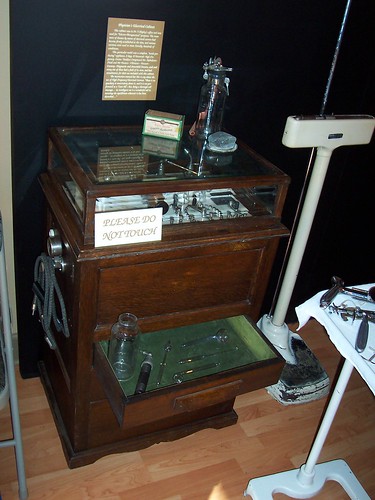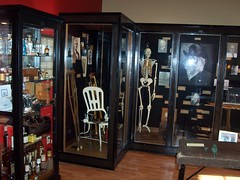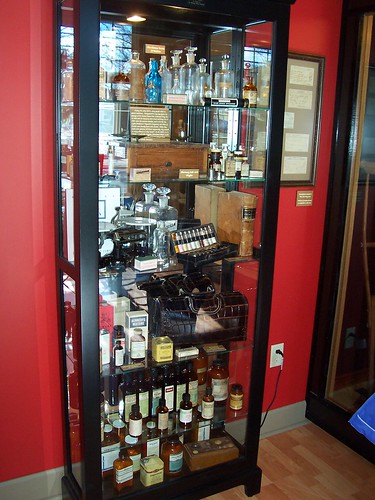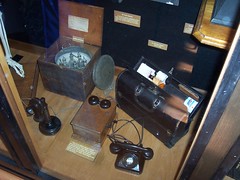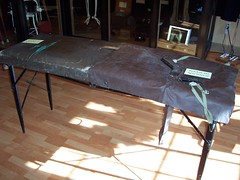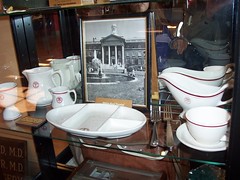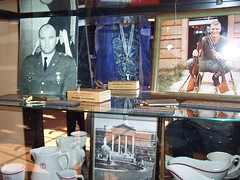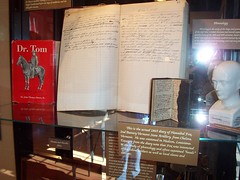So from 1958-1968, the Army Medical Museum or Medical Museum of the Armed Forces Institute of Pathology is on the Mall, at 7th and Independence, NW, where the Hirshhorn Museum stands now. Our visitorship peaked in 1966 with 3/4 of a million people - about what the Hirshhorn achieves now.
Year Annual visitation notes
1958 234384
1959 363136
1960 586697
1961 684606
1962 631297
1963 478194
1964 451000
1965 543680
1966 765157
1967 571293
1968 280000* *partially closed
So in 1968 we were forced off the Mall, and were going to be moved up to Walter Reed, after some years in storage which severely damaged the collections.
1969 0 closed
1969 0 closed
1971 28216 reopens at WRAMC
In 1971, the Museum reopens in a new wing on the Pathology Institute building.
1972 65688
1973 >60000
1974 50000* *partially closed
Visitors are finding us, but then we get closed again as the Uniformed Services University of the Health Sciences gets established in our space...
1975 0 closed
1976 0 closed
1977 0 closed
1978 639* *partially closed
1979 6818
So I'm wondering what will happen when we close again, due to the BRAC of Walter Reed.



